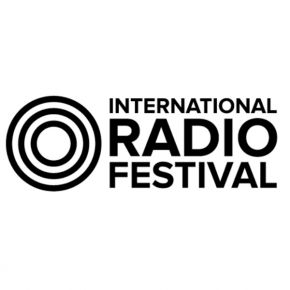US net radio goes silent
MUMBAI: A day of silence. That`s how webcasters hosting music stations across the US today are registering their protest against the hike in Internet radio royalty rates, scheduled to become effective 15 July 2007, and to apply retroactively from 1 January 2006.
Small and large net radio stations that are observing this `Internet Radio Day of Silence` say the future of Internet radio is in immediate danger and this unique protest will raise awareness and encourage listeners to take action. The impeding royalty rate increase by the Copyright Royalty Board will silence all online radio stations for good, say online message boards that have mushroomed these past few days. Among those participating in the protest are Yahoo, Live365, MTV, Pandora, Real Networks and other promient net radio names.
The background -
In 1998, Internet radio was added into the copyright law, via inclusion in the Digital Millennium Copyright Act (DMCA). Currently, webcasters running music-based radio stations pay an annual fee, plus 12 per cent of the stations` profits, to the music industry`s royalty collection organisation, SoundExchange. These rates are applied evenly throughout the industry: Media giants such as Yahoo! pay the same organisation, pursuant to the same calculation, as the smaller independent webcasters serving a tiny niche audience.
These rates enabled phenomenal growth in a relatively new industry. An estimated 70 million people regularly consume Internet radio - and this number has been growing steadily. To serve this audience, there are tens of thousands of online radio stations available in the US.
However, the Recording Industry Association of America (RIAA) naturally sought to be better compensated from the revenues of this booming industry. Webcasters and others with an interest in keeping the rates low strongly opposed the change. Nevertheless, the RIAA successfully lobbied for a rate hike.
On 2 March 2007, the Copyright Royalty Board (CRB) issued its ruling on the matter. The ruling said that public broadcasters must pay webcasting royalties in the same manner as commercial broadcasters do. The panel also declared that royalty rates will increase by approximately 30 per cent in each of the next two years. In addition, each station must now pay an annual per station "administrative fee" of $500. Further, the new rates, though effective on 15 July this year, will be applied retroactively to 1 January 2006. This translates to what is, at a minimum, a 300-1200 per cent royalty rate increase.
What this entails, says RealNetworks senior counsel Cecily Mak in her column, is that not only must every public radio webcaster pay crippling royalty rates, each must also endure the burden of increased record-keeping and reporting requirements and carefully consider whether to participate in expensive copyright tribunals and CRB hearings to challenge the ratings policy.
Reports say this "Day of Silence" is an encore of a successful media event that small webcasters organized on 1 May 2002 in response to a similar royalty rate ruling from a Copyright Arbitration Royalty Panel (CARP) five years ago. That event garnered national attention and was subsequently followed by a rate cut by the Librarian of Congress and the passage of the Small Webcaster Settlement Act for the period 1998-2005.
At a glance -
- The Copyright Royalty Board (CRB) decision increases the royalties that Internet webcasters pay to play music by nearly 300 per cent for the biggest webcasters and up to 1200% for small webcasters.
-The CRB rates are retroactive to 1 January 2006 and payable on 15 July 2007. This decision could bankrupt many Internet radio services immediately on that date, even if it is effective for only one day.
-Past due royalties alone will be enough to bankrupt virtually all small and mid-sized webcasters, many of whom are the hallmarks of programming diversity.
-The American Association of Independent Music (A2IM) reports that less than 10% of terrestrial radio performances are independent music but more than 37 per cent of non-terrestrial radio is independent music.
-According to Arbitron and Bridge Ratings, between 50 and 70 million Americans listen to internet radio a month.Bridge Ratings and Research estimates that the Internet radio audience will double by 2010 and grow to nearly 200 million monthly listeners by 2020.
-Internet radio listeners are 20 per cent more likely to have purchased downloadable music than the average American. (Arbitron)
(statistics sourced from savenetradio.org)














